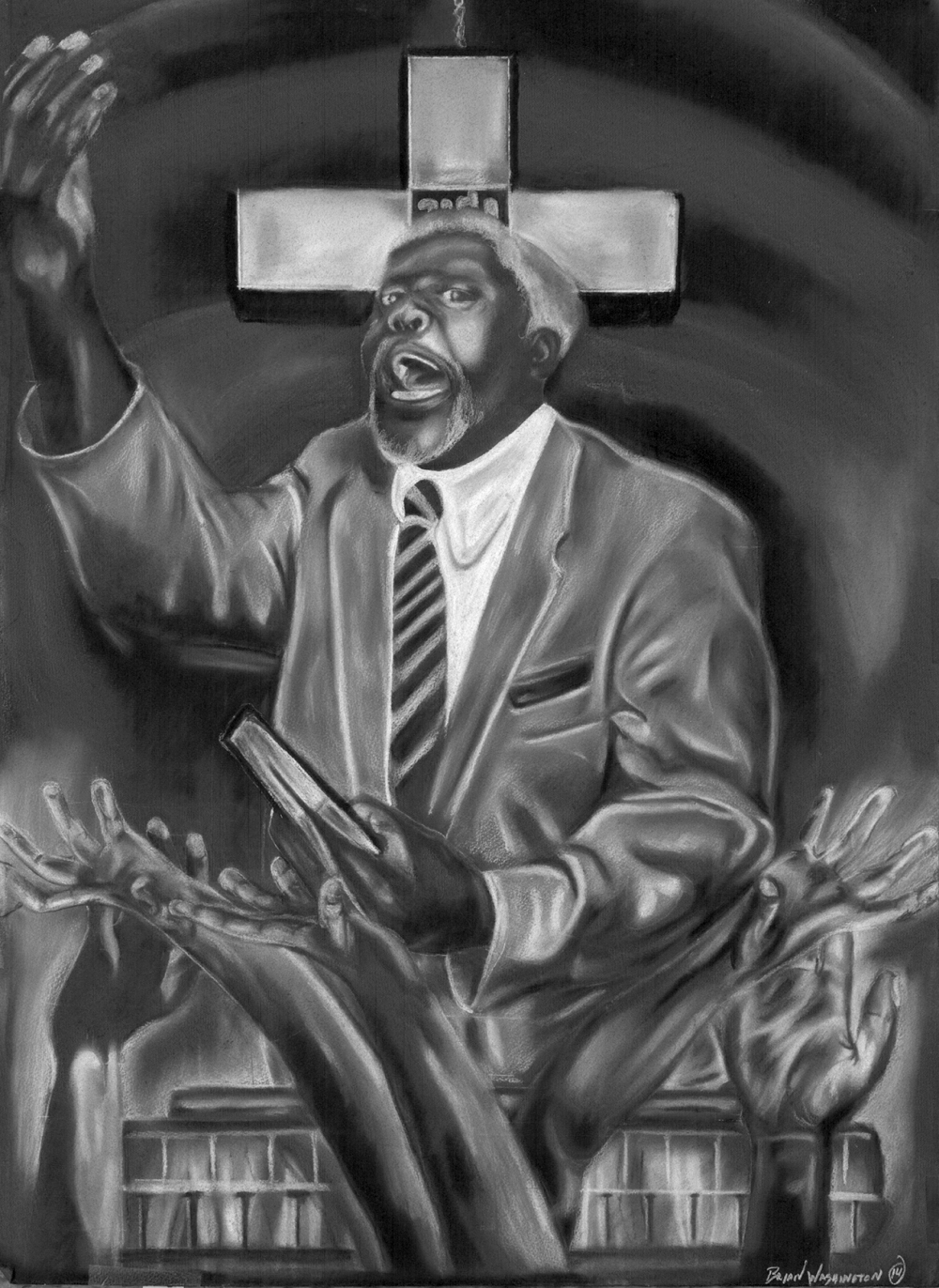The Good Word

Religious leaders were respected by and held considerable influence over their delegations. Church leadership was one of the few positions of leadership available for African Americans. During sermons, preachers would fill their sermons with the “good word” – inspirational orations that would inspire their congregations, and promise that the struggles of this life would be rewarded in the next one.
Preachers used the spoken word to empower congregants to act alone and to act together to oppose the laws in the South that oppressed them. There were many Blacks desperate for hope. Black churches gave them optimism for a better future.
In African-American Christian worship, God is known and understood as the One who sides with the weak and oppressed. Struggling African Americans seeking equal rights and justice believed God would intervene in history in very concrete ways on their behalf and eventually lead to better days.
Since African American pastors received their salaries from the church and not from white led institutions, they were free to not only be clergy but also community leaders, social justice activists, and leaders of civil rights organizations. They could protest racism without fear of losing their jobs. Successful demonstrations often required the active support of church leaders and more often than not adopted many of their values.
In “The Good Word,” Washington portrays an African American southern preacher in the midst of delivering a stirring sermon to his congregation. His congregation – weary from years of systemic oppression – seeks refuge in the church and finds courage in the uplifting message of the charismatic preacher. The preacher delivers a message of hope and restoration, painting the picture of an improved future that would be possible for his congregants with perseverance and belief in God. The preacher lifts his hand in emphasis as he preaches the “good word.” His congregants, who are emotionally moved by his message, stretch their arms to the sky and towards the preacher’s pulpit, as an acknowledgement to both God, and the human servant delivering his message, that their faith remains unwavering despite trying times.